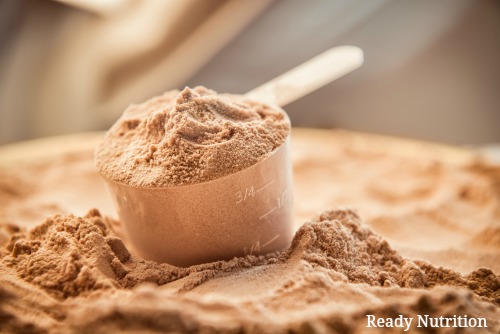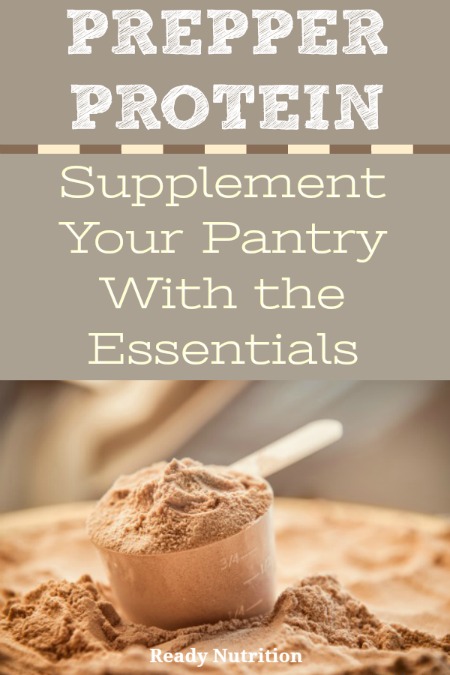
Please refer back to my previous articles on amino acids and protein for further reference in-depth. As mentioned, we have 8 essential amino acids, just to review. These are critical for our upkeep, and they must be obtained from our food. A protein powder may or may not (or may partially) provide these amino acids. Of particular importance are BCAA’s (Branched-Chain Amino Acids), such as L-Isoleucine, L-Leucine, and L-Valine. These guys are very important for tissue repair.
I have found that there are many types of protein powder that are not specifically designed to replace the amino acids you need. EAS manufactures a protein powder that is nonspecific such as this: you’re getting protein, carbohydrates, vitamins, and minerals. There are four that I think are really good to use: Market Pantry (Target’s generic brand) of protein/whey powder, Muscle Milk, Pure Protein (carried by Wal-Mart), and Raw Protein Green. The last one listed will be of interest to those who want raw organic vegetable proteins. It’s expensive: about $30.00 per canister.
The powder provides all of the amino acids, but it’s a little “light” in some areas. Still, Mrs. JJ likes it, and it is very good for those who don’t have a strong stomach/intestinal tract that have trouble taking in these large quantities of nutrients. The overall “best” has to go to Muscle Milk, the Pro Series 50 in chocolate (Knockout Chocolate, to be exact) flavor. Designed for pre and post workouts, you’ll get about 23 servings out of it with 25 grams (g) of protein per serving.
JJ’s Protein Power Shake:
Now for JJ’s trick for you: put in 1 cup of milk (whole, reduced, skim) for about 9 g of protein, and 2 Tbsp. peanut butter (on average, about 8 g protein). Mix these in a jar. I use a kind of skinny vertical jar that used to hold salsa. Add water to the edge of the jar-threads. Shake it up vigorously about 300 times to blend it all in. Voila! You just took that shake and went from 25 g to 42 g of protein in the blink of an eye! Yes, it matters on the overall tally. Remember: you’re not replacing meals; rather, you’re supplementing them.
JJ’s Protein Powder Reviews:
This Muscle Milk tastes good (the chocolate does), and the “additives” make it taste better. One in the morning post-workout (within 20-30 minutes), and then one in the evening before bed at a minimum.
Market Pantry (Target’s Brand) and the Pure Protein (Wal-Mart) weigh in slightly less amino acid than the Muscle Milk. Pricewise, though, you pay $18.47 for the former and $17.98 for the latter, as opposed to $30.00 for the Muscle Milk. The numbers are so close that it’s worth it to buy the other two for the price. Get the chocolate: the vanilla doesn’t taste very good, even when you “doctor” it with my additives. The protein content per serving is about the same: 25 g. They also have sodium and potassium, critical electrolytes that you need with your physical training.
You can take one of these jars to mix it up within a cooler with a cup of milk in it, and a serving of powder in a plastic/Ziploc bag. I have these small servings of peanut butter that I just squeeze in, but you can measure this out in a Ziploc bag (2 Tbsp.) and cut a hole in one corner. Then just roll the whole thing up until it’s closed and rubber-band it until you need it. This is a lot better for you than some “crapulous” snack with no nutritional value and empty calories that you can blend in with other snacks, such as raw vegetables and fruit.
Bottom line: depending on how much protein you estimate you’ll need, the powder is the way to make up the difference: quick, easy, and affordable. Just as what you put into your training time is what you take out? What you put into your body matters. The powder is the way to go, along with a good diet and exercise plan. Fight that good fight! JJ out!

This article was originally published at Ready Nutrition™ on August 11th, 2017







Of the 20 amino acids in your body’s proteins, NINE are essential to your diet because your cells cannot manufacture them: histidine, isoleucine, leucine, lysine, methionine, phenylalanine, threonine, tryptophan and valine.